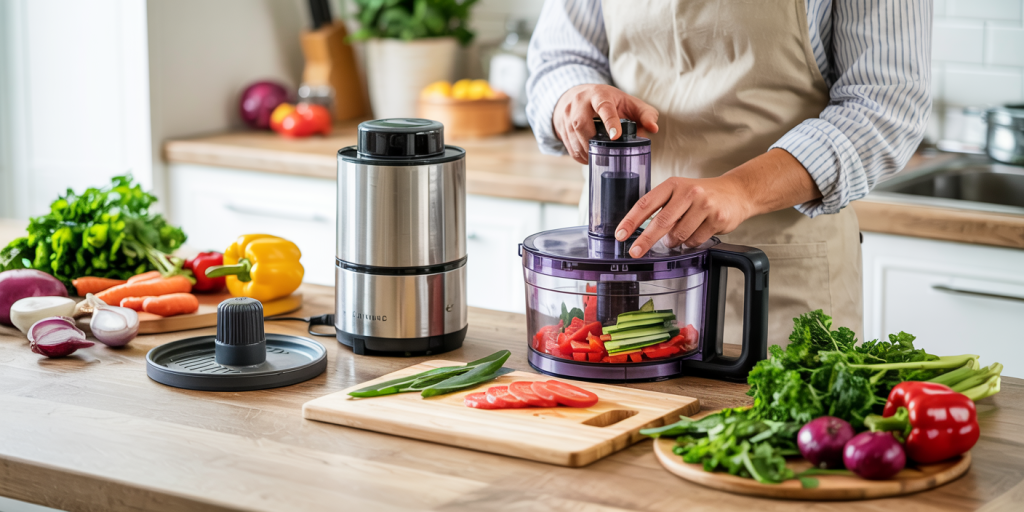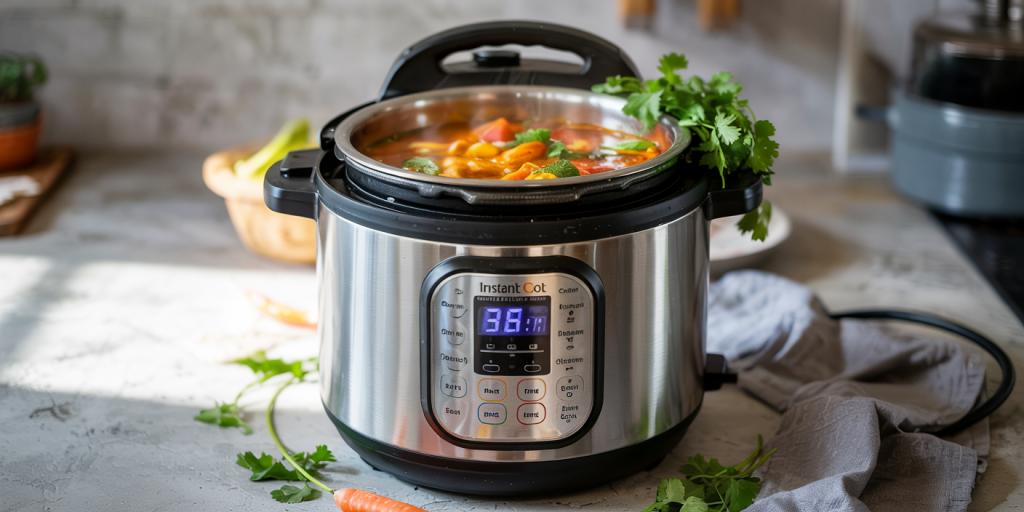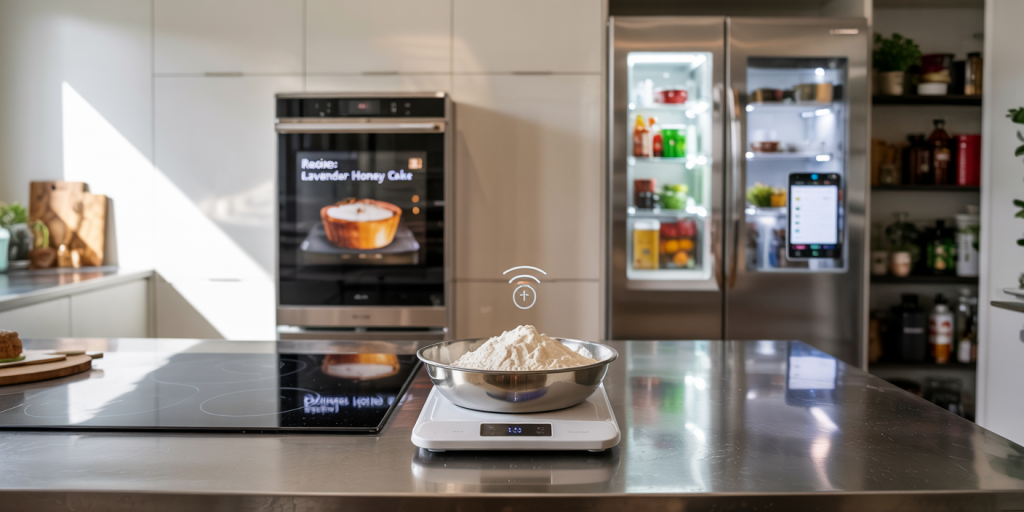In today’s fast-paced world, saving time in the kitchen is paramount. Many home cooks and professionals alike seek innovative tools that reduce preparation and cooking times without compromising food quality. Kitchen gadgets designed to save time have revolutionized everyday cooking by streamlining complex steps, enhancing multitasking abilities, and minimizing cleanup efforts. This article explores practical devices and technology that can help maximize efficiency, allowing more time for family, work, or simply enjoying meals.
Understanding time-saving kitchen gadgets requires recognizing the typical bottlenecks in cooking processes, such as chopping, blending, precise temperature control, and repetitive manual tasks. By automating or simplifying these steps, modern tools focus on improving multitasking potential and reducing physical labor. According to a survey by the National Kitchen & Bath Association (NKBA) in 2022, over 63% of American households use at least one specialty appliance aimed specifically at time-saving. This growing trend represents a shift toward convenience without sacrificing quality or nutrition, making innovative kitchen devices an essential part of contemporary culinary setups.

Essential Kitchen Gadgets That Optimize Food Preparation
One of the most labor-intensive and time-consuming steps in the kitchen is food preparation, particularly chopping, slicing, and dicing vegetables and fruits. Manual knife work not only requires skill but also demands considerable time and attention. Electric choppers and food processors have become indispensable tools to reduce this effort dramatically. For example, a simple handheld electric chopper can mince onions, garlic, and herbs in under 30 seconds — a task that can take five to ten minutes manually.
Food processors elevate efficiency with programmable chopping, slicing, shredding, and even mixing functions. A comparative test by Consumer Reports in 2023 highlighted that using a mid-range food processor reduced onion slicing time from eight minutes by hand to under a minute. For complex recipes requiring multiple ingredients prepped simultaneously, these machines enable traders to quickly gather and process ingredients, shortening recipe start times drastically.
Another device increasingly popular is the mandoline slicer, which, though manual, allows for ultra-fast, uniform slicing. This gadget is invaluable for prepping large quantities of vegetables evenly — critical for recipes requiring consistent cooking times such as gratins or salads. Some models come with safety guards and variable thickness settings, speeding up prep without risking injury or inconsistency. Combining these tools in a kitchen dramatically reduces time spent in prep phases and increases overall workflow efficiency.
Multi-Function Cookers: Combining Speed and Versatility
Multi-function cookers, especially electric pressure cookers, have transformed meal preparation by significantly cutting cooking times. These devices combine pressure cooking, slow cooking, rice cooking, steaming, and sautéing in one appliance. According to a 2023 study by the International Food Information Council, pressure cookers reduce cooking times by up to 70% for dishes like stews, braises, and beans when compared to stovetop methods.

For a practical example, an electric pressure cooker can prepare a beef stew that normally requires two hours of slow simmering in just 30 to 40 minutes. In addition, multi-cookers often feature programmable settings, meaning meals can be set in advance, and the device automatically switches modes or holds food warm, requiring minimal active input from the cook. Their “set-and-forget” functionality is perfect for busy individuals needing home-cooked meals without lengthy supervision.
Instant Pots and similar brands have garnered millions of users worldwide, supporting their credibility and effectiveness. Their compact design also contributes to time savings by combining several appliances into one, clearing counter space and simplifying cleanup. By investing in multi-function cookers, households can reduce meal preparation stress and apparatus clutter while improving timeliness and food quality.
Smart Kitchen Scales and Measuring Devices
Accurate measurements of ingredients are synonymous with cooking efficiency and successful recipes. Traditional measuring cups and spoons are functional but often cumbersome and prone to error, especially when multiple ingredients need precise quantities. Smart kitchen scales have emerged as a modern solution, providing real-time data through Bluetooth connectivity and app integration.

For instance, smart scales allow users to measure, track caloric intake, and convert between metric and imperial units with ease. Such devices save time traditionally lost to double-checking measurements and recalculations. According to a report by Statista in 2023, smart kitchen scales reduced prep time by an average of 12% among surveyed users by enabling faster, more accurate ingredient assembly.
Practical cases demonstrate that smart scales significantly aid complex baking recipes requiring precise ratios. One example includes weight-based input for sourdough starters or gluten-free flour blends, where traditional volume measures are less reliable. Coupled with timer applications, these smart scales enhance multitasking, ensuring bakers maintain smooth workflows with minimal interruptions.
Time-Saving Tools for Cleaning and Maintenance
The end of cooking often involves cleaning, which can be a substantial time investment if not approached efficiently. Innovative cleaning gadgets address this by accelerating dishwashing and surface maintenance. Countertop dishwashers designed for small loads offer quick cleanup for busy kitchens. These compact machines can wash and dry utensils within 30 minutes, convenient for those cooking single meals or in small households.
Additionally, silicone kitchen tools such as spatulas, utensils, and mats reduce time spent scrubbing food residue compared to traditional materials. Silicone’s non-stick properties require less water and detergent, speeding up cleaning processes. According to a 2022 Kitchenware Industry Report, households using silicone cooking utensils reported a 15% decrease in clean-up time.
For surfaces, automatic wipes and steam cleaners have gained traction. Steam appliances sanitize and degrease kitchen counters and appliances faster than manual wiping alone, boosting hygiene and saving time. Some robots designed specifically for kitchen cleaning can sweep floors and mop autonomously, providing another layer of time-saving convenience for large kitchens or food service environments.
Comparative Table of Cleaning Gadgets
| Gadget | Cycle Time | Capacity | Cleaning Efficiency | User Rating (out of 5) |
|---|---|---|---|---|
| Compact Countertop Dishwasher | 30-45 minutes | Up to 6 place-settings | High | 4.3 |
| Silicone Utensils (Ease of Cleaning) | N/A | N/A | Moderate-High | 4.7 |
| Steam Surface Cleaner | 5-10 minutes | Single surface at a time | High | 4.1 |
| Robotic Kitchen Cleaner | 45-90 minutes | Whole kitchen floor coverage | Moderate | 4.0 |
Cutting-Edge Innovations: Smart Appliances and IoT Integration
Smart kitchen appliances are increasingly integrating Internet of Things (IoT) technology to automate and monitor cooking remotely. From Wi-Fi-enabled ovens to app-controlled refrigerators, these devices streamline operations and provide real-time feedback while cooking. The global smart kitchen market is projected to reach $30 billion by 2027, according to ResearchAndMarkets, signifying widespread adoption rates.
One standout example is smart ovens with recipe recognition and automated cook programs. These ovens adjust temperature and cooking time dynamically, eliminating guesswork and monitoring food doneness through sensors. This reduces time spent by cooks checking progress and adjusting settings frequently.
Smart refrigerators with inventory tracking and expiration notifications cut down time spent searching for ingredients and help avoid wastage. Users can monitor fridge contents from their phones, plan meals accordingly, or order groceries automatically. This interconnected ecosystem enhances meal preparation prediction and reduces last-minute shopping trips.
Smart coffee machines and beverage makers further exemplify convenience by allowing users to schedule brews or select preferences remotely. Together, these devices form a network of time-saving utilities that optimize kitchen workflows holistically.
Future Perspectives on Kitchen Time Efficiency
Looking ahead, the continuous evolution of AI and robotics promises even greater time savings in the kitchen. Development in artificial intelligence will enable machines to learn user habits, optimize cooking schedules, and provide personalized recipe suggestions based on time constraints and available ingredients. For example, prototype robotic kitchen assistants can currently perform tasks like flipping pancakes and stirring pots, tasks requiring precise delicate movements.
3D food printing technology is also emerging as a futuristic time-saving tool, capable of producing complex food shapes with predefined nutritional values at the push of a button. This technology could reduce food preparation to near-instantaneous levels for busy consumers.
Moreover, sustainability trends are influencing gadget design toward energy-efficient, multifunctional devices that reduce resource consumption while saving time. Integration of augmented reality (AR) for guided cooking and virtual kitchen management systems could further empower users to multitask more efficiently.
In commercial kitchens, widespread adoption of AI-powered inventory and supply management will synchronize with smart appliances to streamline bulk cooking and reduce downtime. These technological strides indicate a kitchen landscape where time management is seamlessly woven into every aspect of the cooking experience, freeing up personal time and improving food quality consistently.
—
By leveraging contemporary kitchen gadgets that save time—from electric choppers and multi-function cookers to smart appliances and cleaning aids—home cooks and professionals can markedly enhance their efficiency. Data supports that these devices not only reduce meal preparation duration but also contribute to better food outcomes and less fatigue. The future promises even smarter tools that integrate AI, IoT, and robotics to revolutionize how time is spent in kitchens worldwide. Investing thoughtfully in these technologies offers the dual benefit of convenience and culinary excellence, making every second in the kitchen count.

Deixe um comentário